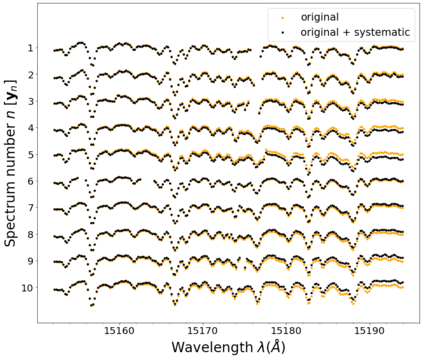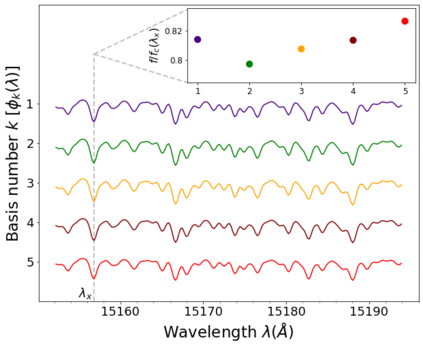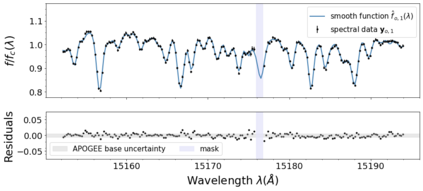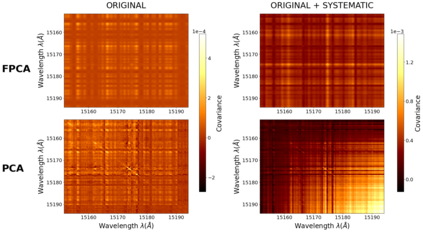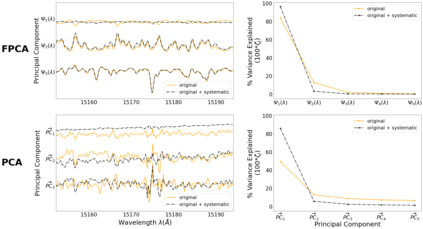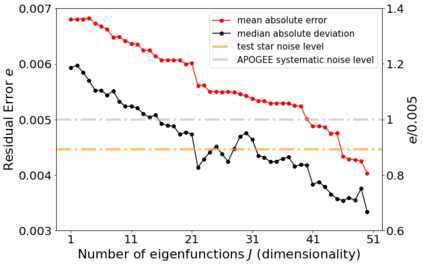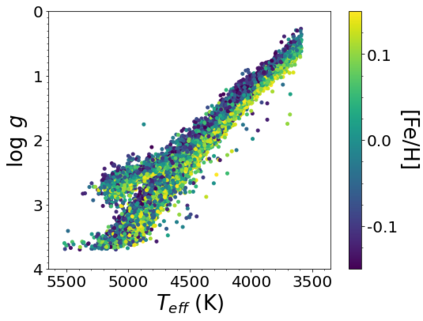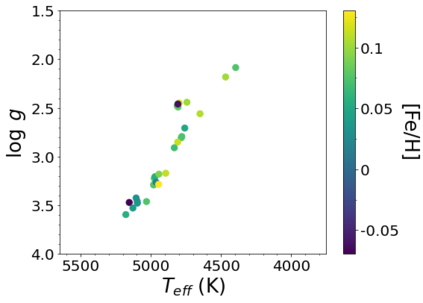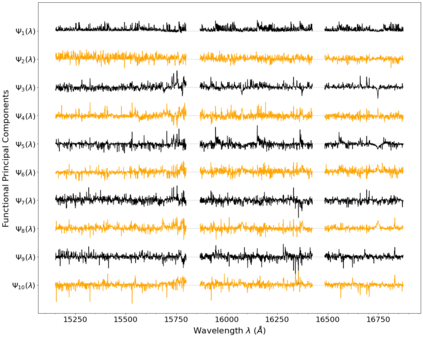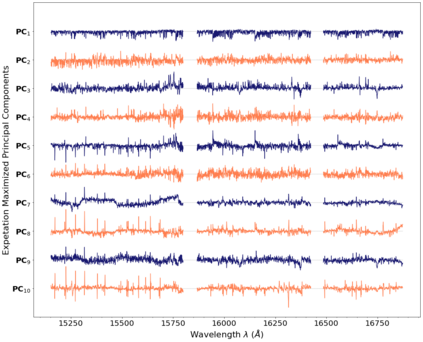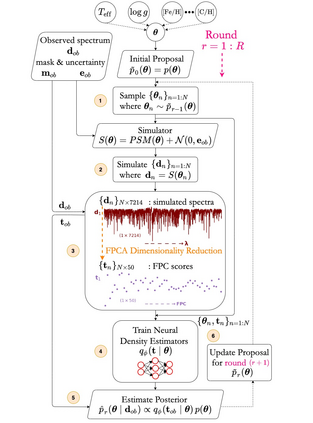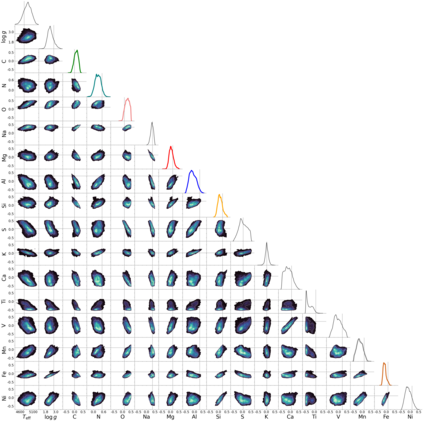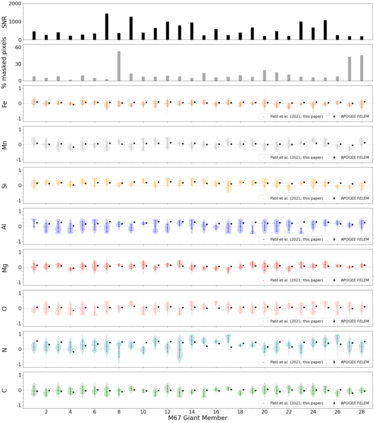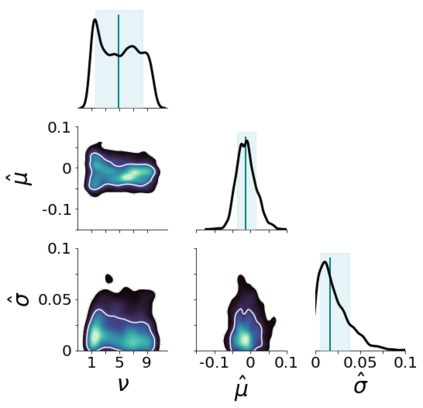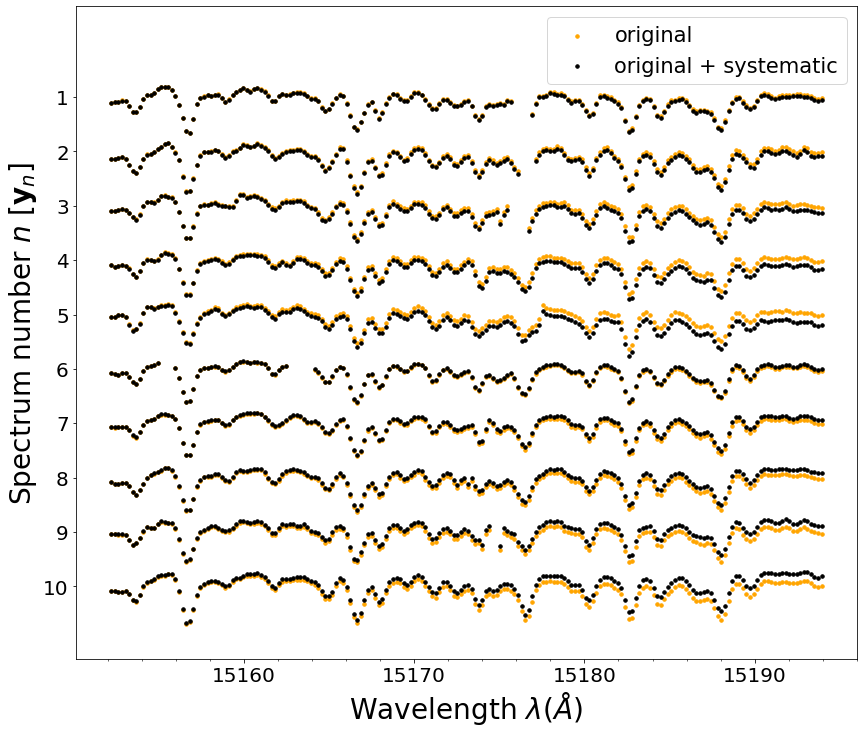High-resolution spectroscopic surveys of the Milky Way have entered the Big Data regime and have opened avenues for solving outstanding questions in Galactic archaeology. However, exploiting their full potential is limited by complex systematics, whose characterization has not received much attention in modern spectroscopic analyses. In this work, we present a novel method to disentangle the component of spectral data space intrinsic to the stars from that due to systematics. Using functional principal component analysis on a sample of $18,933$ giant spectra from APOGEE, we find that the intrinsic structure above the level of observational uncertainties requires ${\approx}$10 functional principal components (FPCs). Our FPCs can reduce the dimensionality of spectra, remove systematics, and impute masked wavelengths, thereby enabling accurate studies of stellar populations. To demonstrate the applicability of our FPCs, we use them to infer stellar parameters and abundances of 28 giants in the open cluster M67. We employ Sequential Neural Likelihood, a simulation-based Bayesian inference method that learns likelihood functions using neural density estimators, to incorporate non-Gaussian effects in spectral likelihoods. By hierarchically combining the inferred abundances, we limit the spread of the following elements in M67: $\mathrm{Fe} \lesssim 0.02$ dex; $\mathrm{C} \lesssim 0.03$ dex; $\mathrm{O}, \mathrm{Mg}, \mathrm{Si}, \mathrm{Ni} \lesssim 0.04$ dex; $\mathrm{Ca} \lesssim 0.05$ dex; $\mathrm{N}, \mathrm{Al} \lesssim 0.07$ dex (at 68% confidence). Our constraints suggest a lack of self-pollution by core-collapse supernovae in M67, which has promising implications for the future of chemical tagging to understand the star formation history and dynamical evolution of the Milky Way.
翻译:高分辨率光谱测量 {Nal04{Nalm047} 银河系已进入了大数据系统,并开辟了解决在银河系考古学中未决问题的渠道。然而,充分利用其全部潜力受到复杂的系统化的制约,现代光谱分析没有对其特性给予足够的关注。在这项工作中,我们提出了一个新颖的方法,将恒星固有的光学数据空间部分与系统性分开。在APOGE的18,933美元巨光谱样本中,我们发现,超过观测不确定性水平的内在结构需要$_Approx}10美元功能性主要组成部分。我们的FPC可以降低星光谱的维度,消除系统化,并且能够准确研究恒星层。为了展示我们FPC的实用性,我们用它们来推导出在开放的 m67 组中 28 美元的巨量参数和丰度。我们用Sqernal 类似值,一个模拟的Bayescial dismal dismlate 方法, 能够学习恒度的内分解磁值。

